The Great Wall of China and the Historical City of Xi'an are two of China's most important historical structures. The Great Wall is a defensive structure built to protect China's northern border. It was built during the Ming Dynasty (1368-1644) and is approximately 8,850 kilometers long. The Wall is one of the most important symbols of China's historical and cultural heritage and is recognized worldwide.
Xi'an, on the other hand, is a city located in the Shaanxi province of China. The city is one of China's oldest capitals and has hosted many important events throughout its history. Xi'an is one of the most important centers of China's historical and cultural heritage and is visited by tourists from all over the world.
The Great Wall of China and the Historical City of Xi'an are two of the most important symbols of China's historical and cultural heritage. These structures reflect China's rich history and culture and are of great interest worldwide.
The History and Importance of the Great Wall of China
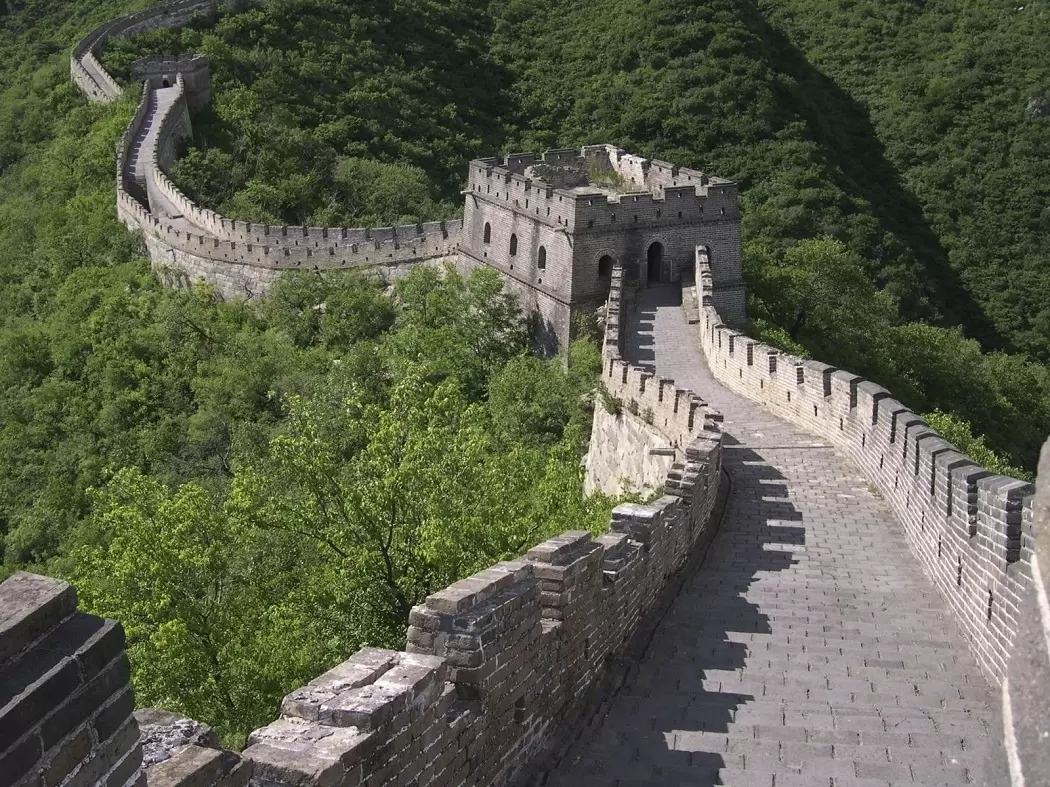
The Great Wall of China is one of the most famous structures in China and is recognized worldwide. Built during the Ming Dynasty to protect China's northern border, construction of the wall began in the late 14th century and continued until the mid-17th century. The Great Wall of China is an important part of China's historical and cultural heritage and is listed as a world heritage site.
Xi'an City: Historical and Cultural Heritage
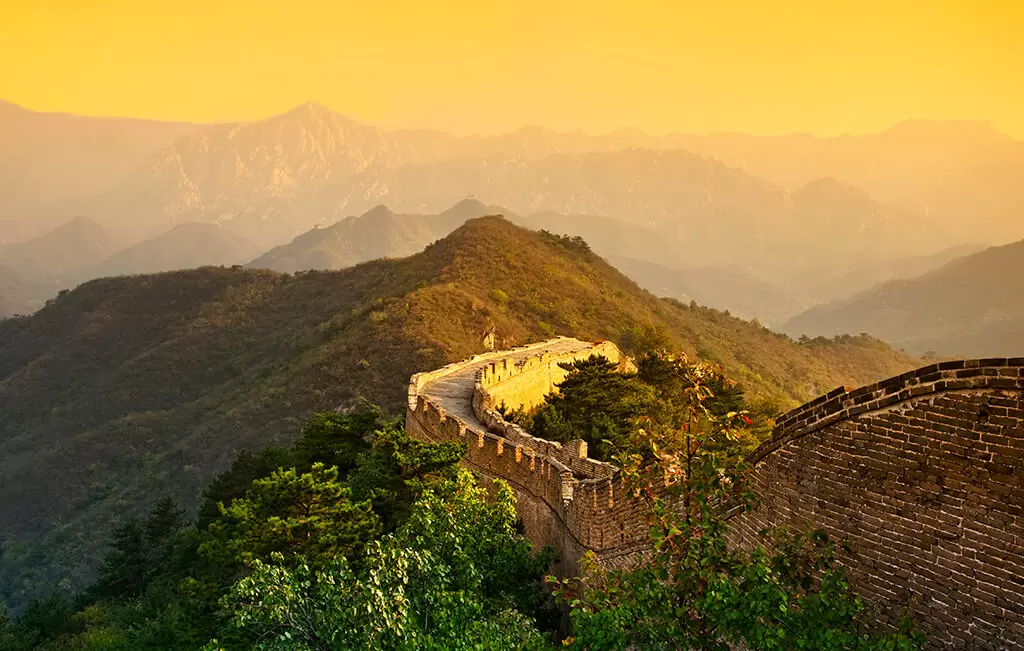
The city of Xian, located in the Shaanxi province of China, is a tourism center famous worldwide for its historical and cultural heritage. The city is known as one of China's oldest capitals and served as the political, cultural, and economic center of China during 13 dynasties.
One of Xian's most famous tourist attractions is the Terracotta Army. This ancient military unit was commissioned by Qin Shi Huangdi in 210 BC and consists of approximately 8,000 soldiers, horses, and chariot statues, making it one of the world's largest archaeological discoveries.
Other important tourist attractions in Xian include the Xian City Wall from the Ming Dynasty, the Great Wild Goose Pagoda, the Huaqing Palace, and the Shaanxi History Museum. The Xian City Wall was built during the Ming Dynasty and is 14 kilometers long, 12 meters high, and 15 meters wide, making it one of China's best-preserved ancient walls.
The Great Wild Goose Pagoda is located east of Xian and is a park dating back to the Tang Dynasty. The park is famous for its lakes, gardens, and ancient structures. The Huaqing Palace is a palace built during the Tang Dynasty and is one of China's most important historical sites. The Shaanxi History Museum is one of China's largest history museums and houses over 370,000 historical artifacts.
Xian is a tourism center famous worldwide for its historical and cultural heritage. Tourist attractions such as the Terracotta Army, Xian City Wall, Great Wild Goose Pagoda, Huaqing Palace, and Shaanxi History Museum offer visitors an unforgettable experience.
Military Defense Strategies during the Ming Dynasty
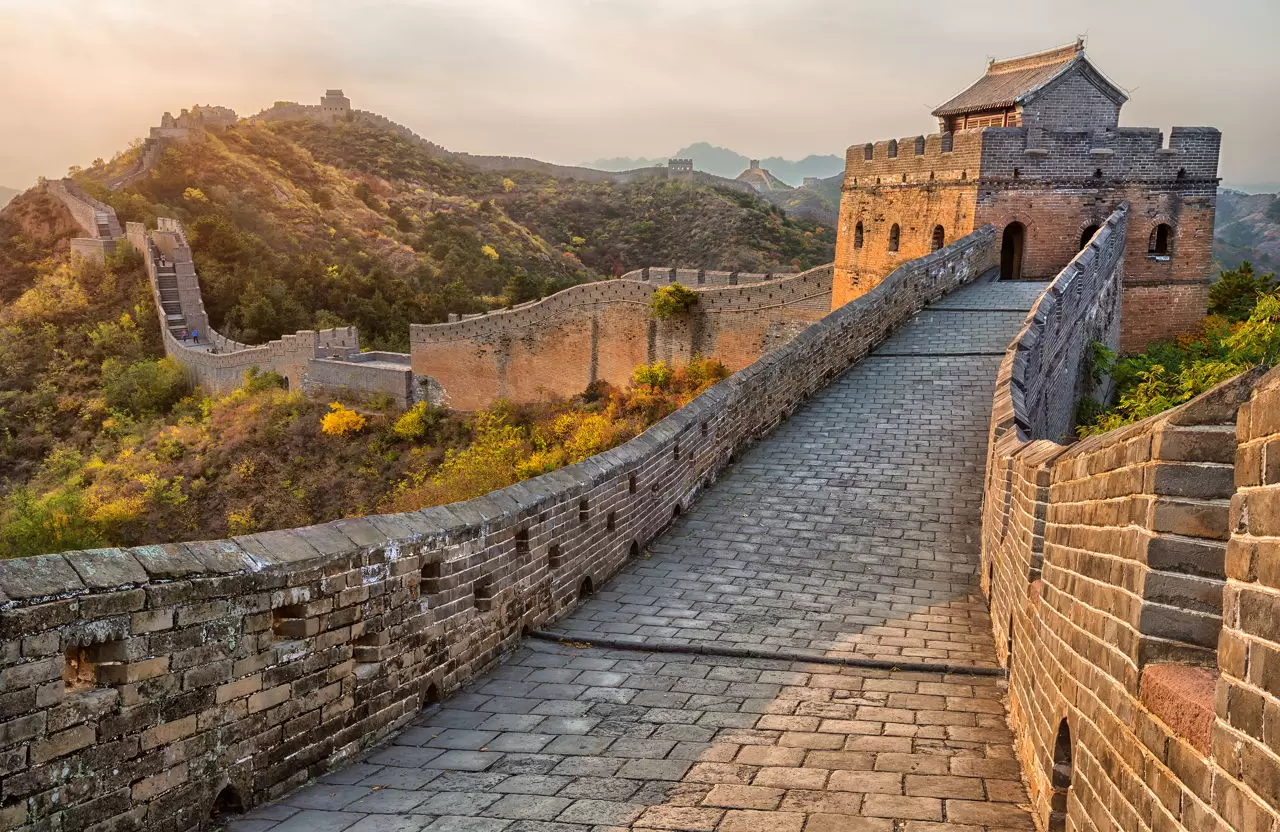
The Ming Dynasty is an important period in Chinese history. Military defense strategies played a significant role during this time. The Ming Dynasty was established in 1368 and lasted until 1644. During this period, China's borders expanded, and military defense strategies played an important role in this expansion.
During the Ming Dynasty, the most important military defense strategy was border defense. China was bordered by regions such as Mongolia, Manchuria, and Tibet. To defend against potential attacks from these regions, the Ming Dynasty established military bases and continuously strengthened their military forces in border areas.
In addition to military bases in border areas, the Ming Dynasty also built fortresses for border defense. These fortresses were used for defense against enemy attacks. Furthermore, military training in border areas was also crucial during the Ming Dynasty. Military forces were constantly trained to be prepared for enemy attacks.
Another important military defense strategy during the Ming Dynasty was naval defense. China was an important location for sea trade during this time. Therefore, the Ming Dynasty took important steps for naval defense. The navy was strengthened, and sea borders were protected.
In conclusion, military defense strategies during the Ming Dynasty can be divided into two main categories: border defense and naval defense. These strategies were crucial for protecting China's borders and being prepared for enemy attacks. The Ming Dynasty is an important period in Chinese history, and military defense strategies were one of the significant topics during this time.
Historical Places and Tourist Activities to Visit in Xi'an
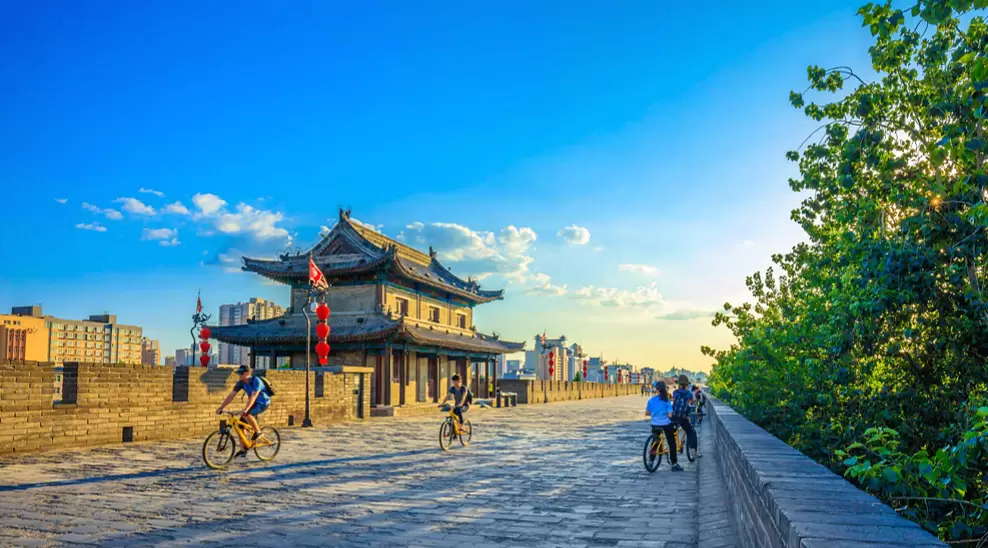
Xian, located in the Shaanxi province of China, is a city famous for its historical and cultural richness. Due to its thousands of years of history and hosting many important events, there are many historical sites and tourist activities to visit in Xian.
One of Xian's most famous tourist attractions is the Terracotta Army, discovered in 1974. These soldier statues, found near Emperor Qin Shi Huang's tomb, are one of the most important discoveries in Chinese history. Each statue reflects the face and body of a real soldier.
Another historical site to visit in Xian is the City Wall, dating back to the Ming Dynasty. Built in the 14th century, this wall is 14 kilometers long and 12 meters high. Walking on the wall, you can explore the city's historical texture and scenery.
The Great Wild Goose Pagoda, dating back to the Tang Dynasty, is also worth seeing in Xian. Built in the 8th century, this pagoda is 64 meters high and has 7 floors. You can watch the city's panoramic view by climbing up the pagoda.
Trying local cuisine is also among the tourist activities in Xian. Xian cuisine is famous for its dumplings, which are steamed pastries filled with different ingredients. Additionally, you can find Islamic food in the Muslim Quarter of Xian.
In conclusion, there are many historical sites and tourist activities to visit in Xian. To explore the city's historical and cultural richness, you can visit places like the Terracotta Army, City Wall, and Great Wild Goose Pagoda. We also recommend trying delicious dumplings and Islamic food from Xian cuisine.
Restoration and Preservation of the Ming Wall: Works and Progress
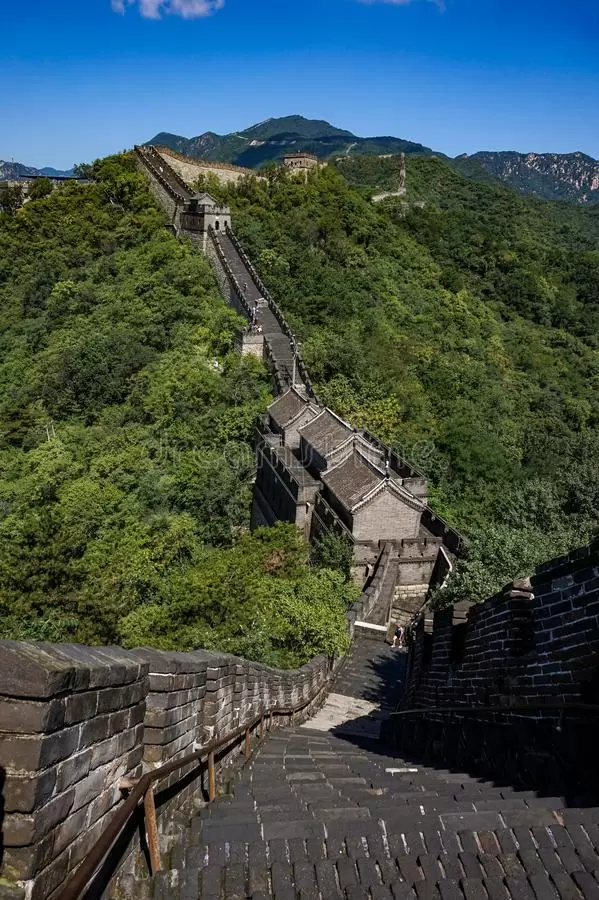
The Great Wall of China is one of the most important historical structures in China. The 21,000-kilometer-long wall was built to protect China's northern border. However, over the years, many parts of the wall have been damaged due to natural disasters, human intervention, and tourism. Therefore, the restoration and preservation of the Great Wall of China have become an important priority for the Chinese government.
Many efforts are being made to restore and preserve the Great Wall of China. The Chinese government has allocated a special budget for the preservation of the wall. This budget is used for the restoration, maintenance, and tourism activities of the wall. In addition, the Chinese government has enacted many laws and regulations to protect the wall. These laws regulate the behavior of tourists to prevent damage to the wall.
Many projects have been launched for the restoration of the Great Wall of China. These projects aim to repair the damaged sections of the wall and increase its durability. In addition, the projects aim to make the wall safer for tourism activities. These projects are financed by the Chinese government, and many local businesses and civil society organizations also support them.
One of the most important steps in preserving the Great Wall of China is to prevent tourists from damaging it. Therefore, the Chinese government ensures that tourists follow certain rules to prevent damage to the wall. Tourists should avoid behaviors such as climbing on the wall, writing on the wall, or leaving trash. In addition, it is important to raise awareness among tourists about the historical and cultural significance of the wall and inform them about what they can do to help preserve it.
In conclusion, the restoration and preservation of the Great Wall of China have become an important priority for the Chinese government. These efforts are made to prevent damage to the wall and prevent tourists from damaging it. Thanks to these efforts, the historical and cultural significance of the Great Wall of China will be preserved and passed on to future generations.

Comments